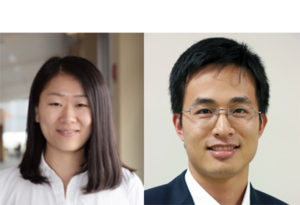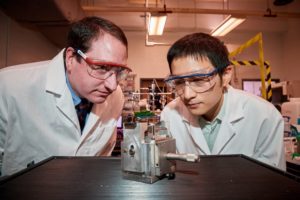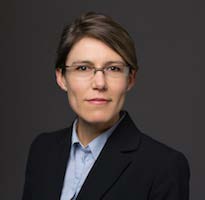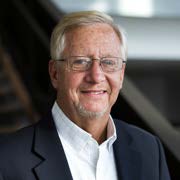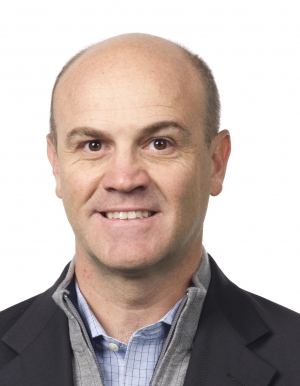 Beyond the mere notion of a material, metastructures draw their unique characteristics from their finite size and the existence of interfaces. The resulting structural assemblies feature unprecedented performance in terms of stress wave mitigation, wave guiding, acoustic absorption, and vibration isolation.
Beyond the mere notion of a material, metastructures draw their unique characteristics from their finite size and the existence of interfaces. The resulting structural assemblies feature unprecedented performance in terms of stress wave mitigation, wave guiding, acoustic absorption, and vibration isolation.
The talk illustrates the frequency-selective properties of periodic metastructures, which result in their ability to direct waves in preferential direction and attenuate vibrations at certain frequencies. Such properties are observed in complex structural lattices, and in structural components equipped with periodic arrays of adaptive electromechanical resonators. The presentation will also introduce basic concepts that govern the onset of localized, interface wave modes. Specifically, spring-mass systems, lattices, and plates with internal resonators will be presented as part of a framework that seeks for mechanical lattices that exhibit one-way, edge-bound, defect-immune, wave motion. Finally, quasi-periodic structural assemblies are introduced as configurations that support vibration confinement in systems that are not ordered, but are described by deterministic property distributions. Results for beam and plate structures with quasiperiodic arrangements of grounding springs and lumped masses are presented to illustrate the unique dynamic behavior characterized by a multitude of highly localized modes of vibration.
Biographical Sketch: Massimo Ruzzene is the Pratt and Whitney Professor in the Schools of Aerospace and Mechanical Engineering at Georgia Institute of Technology. He received a PhD in Mechanical Engineering from the Politecnico di Torino (Italy) in 1999. He is author of 2 books, more than 160 journal papers and 200 conference papers. He has participated as a PI or co-PI in various research projects funded by the Air Force Office of Scientific Research (AFOSR), the Army Research Office (ARO), the Office of Naval Research (ONR), NASA, the US Army, US Navy, DARPA, the National Science Foundation (NSF), as well as companies such as Boeing, Eurocopter, Raytheon, Corning and TRW. Most of his current and past research work has focused on solid mechanics, structural dynamics and wave propagation with application to structural health monitoring, metamaterials, and vibration and noise control. M. Ruzzene is a Fellow of ASME, an Associate Fellow of AIAA, and a member of AHS, and ASA. He served as Program Director for the Dynamics, Control and System Diagnostics Program of CMMI at the National Science Foundation between 2014 and 2016.
